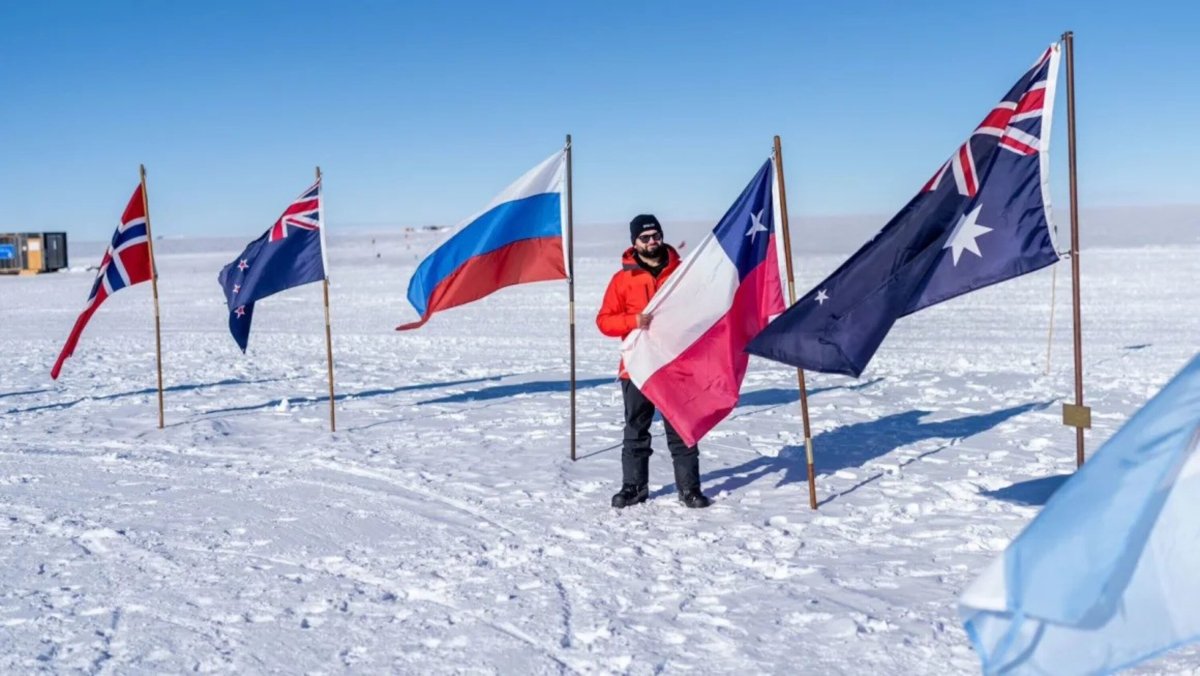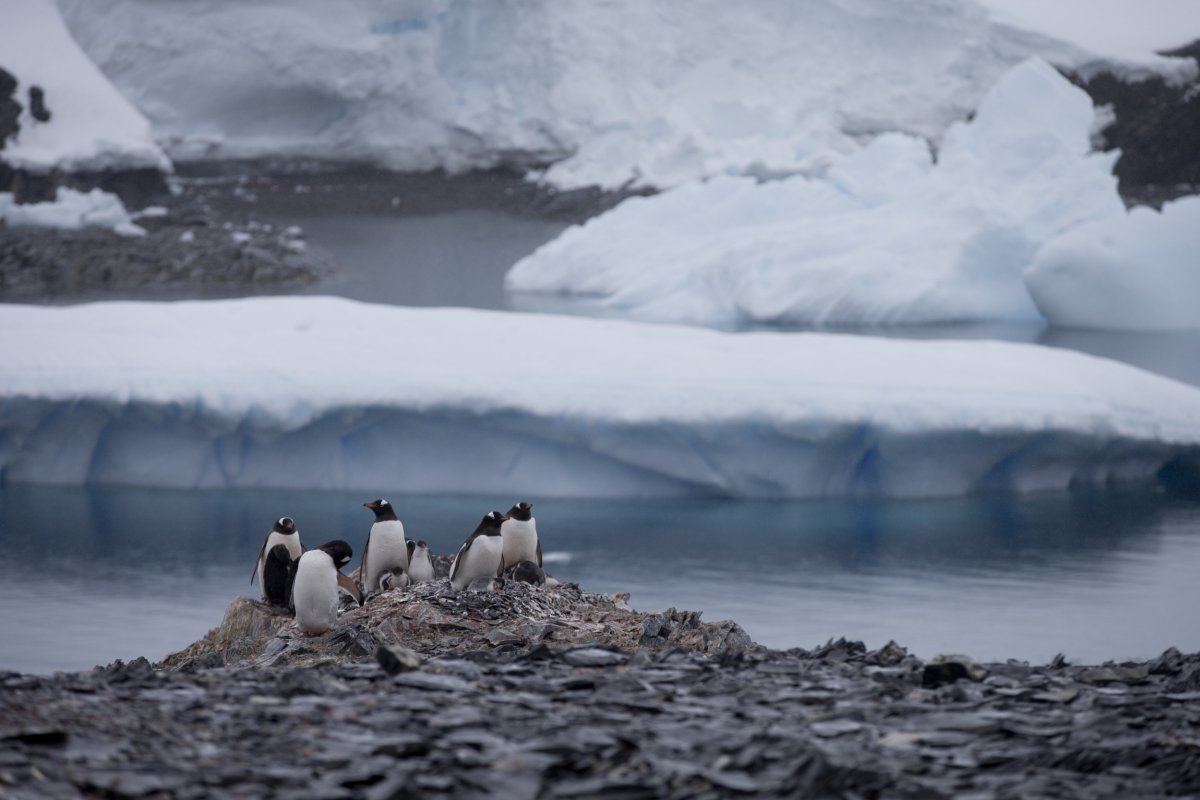
Chilean President Gabriel Boric made history last week by becoming the first Latin American leader to visit the South Pole, sparking renewed global discussions about sovereignty and scientific exploration in Antarctica.
Why It Matters
Antarctica has long been the subject of geopolitical interest, and seven countries maintain territorial claims on the continent: Chile, Argentina, the United Kingdom, Norway, Australia, New Zealand and France. However, these claims are often overlapping and have limited recognition under international law. The United States and most other nations do not officially recognize territorial claims in Antarctica.

Gabriel Boric / X
What To Know
On January 2, Boric arrived in Antarctica for a two-day trip titled Operation Polar Star III. The Chilean president’s schedule included visits to the Amundsen-Scott South Pole Station and Chile’s research facilities on the continent.
The Chilean government said in a news release that the delegation included civil and military authorities as well as scientists.
“This is a milestone for us,” Boric said during a televised address.
Though the world has focused on the North Pole following U.S. President-elect Donald Trump‘s comments about Greenland and Arctic resources, Boric’s trip has shone a light on the southern polar region.
What Makes Antarctica Unique
Antarctica, the world’s fifth-largest continent, is unique in being the only landmass without a native population or independent government. It spans 5,405,430 square miles and is governed collectively under the 1961 Antarctic Treaty, which designated the region as a scientific preserve, banning military activity.
Despite its shared governance, seven nations have laid claim to parts of the icy expanse. Chile’s claim to parts of Antarctica, known as the Chilean Antarctic Territory, overlaps with those of Argentina and the United Kingdom. These overlapping claims are rooted in proximity and historical ties, but the treaty has effectively put these disputes on hold.
Norway, Australia and New Zealand base their claims on explorations dating back to the early 20th century. France’s claim, meanwhile, stems from 19th-century discoveries.
What Is the Antarctic Treaty
The Antarctic Treaty, signed at the height of the Cold War, has been a cornerstone of peace and scientific collaboration. It freezes territorial claims and prohibits resource extraction and military operations, ensuring the region remains a global commons dedicated to scientific research.
During his visit, Boric reaffirmed Chile’s commitment to the treaty, emphasizing that its provisions safeguard Antarctica from geopolitical rivalries. “Our focus is on sustainable research and understanding climate change’s global impact,” he said.

AP
Is the United States Involved in Antarctica
The United States plays a significant role in Antarctica, both as a signatory of the Antarctic Treaty and as a leading contributor to scientific research on the continent. While the U.S. does not claim any territory, it maintains an active presence through its research stations—most notably the Amundsen-Scott South Pole Station, where the Chilean president recently visited.
The U.S. was one of the original 12 nations to sign the Antarctic Treaty in 1959 and has consistently supported its principles of peaceful cooperation and scientific exploration. Today, the U.S. operates three major research stations on the continent—McMurdo Station, Palmer Station and the South Pole Station—making it one of the most active nations in Antarctic research.
What People Are Saying
Chilean President Gabriel Boric said in footage broadcast on Chilean TV: “This is a milestone for us. It’s the first time a Chilean president has come to the South Pole and talked about Chile’s Antarctic mission.”
Matthew Teller, a journalist and documentalist, told the BBC: “Antarctica’s value is immense, not just for its resources but for its role in global climate regulation.”
What Happens Next
The Antarctic Treaty is set for review in 2048, a pivotal moment that could redefine the continent’s governance.
The 1991 Protocol on Environmental Protection, which prohibits all mining activities and designates Antarctica as a “natural reserve, devoted to peace and science,” will also be up for review at that time—raising questions about the future of resource exploitation.
Experts caution that the growing demand for energy and water could challenge the treaty’s conservationist principles.






